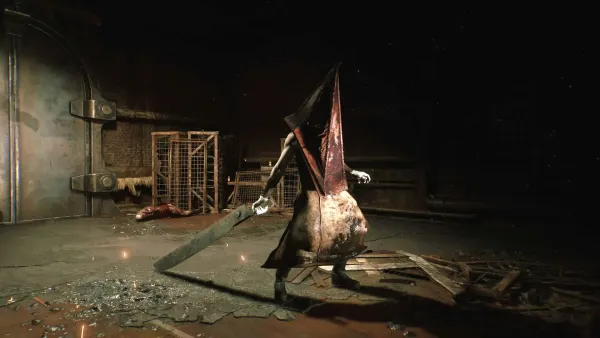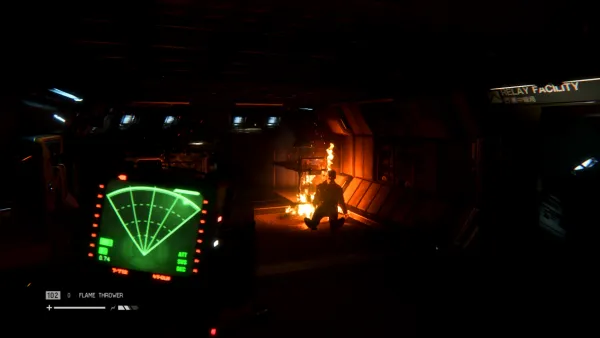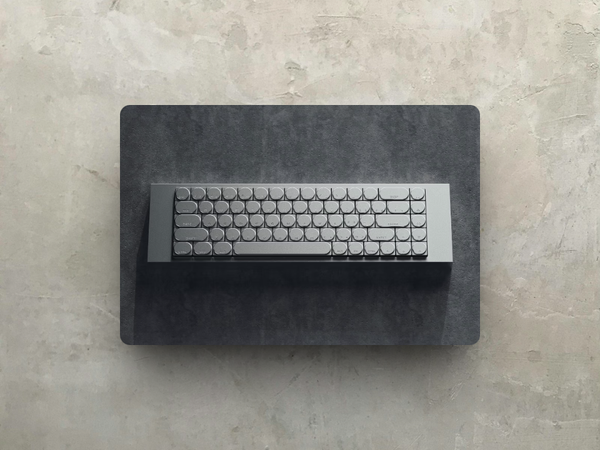Pyramid Head, a figure that has come to represent the suffocating atmosphere of the Silent Hill franchise, has haunted players for over two decades.
The character is an icon of psychological horror, so it’s surprising to hear that Masahiro Ito, the creature’s creator, regrets bringing it to life.
The question is—why?
Ito’s social media posts about his regret for designing Pyramid Head reveal only part of the story.
"I wish I hadn't designed fxxkin Pyramid Head," he tweeted, leaving fans stunned and curious. When pressed for reasons, Ito refused to elaborate, saying, “I don’t tweet the reason.”
I wish I hadn't designed fxxkin Pyramid Head.
— 伊藤暢達/Masahiro Ito (@adsk4) February 20, 2022
It's a cryptic statement that opens the door to all sorts of speculation.
Or does it?
Ito’s regret may not stem from financial reasons, as he confirmed he was never paid for the various statues of Pyramid Head. Instead, the discomfort seems more personal.
Creating something like Pyramid Head, which embodies such primal and oppressive fear, must take a mental toll.
It’s easy to imagine that the line between creativity and horror is thin, and sometimes, what an artist births into the world becomes a reflection of their own inner darkness.
In this case, Pyramid Head has grown far beyond Ito’s initial concept.
Originally intended to serve as a symbolic manifestation of guilt in Silent Hill 2, the character now looms over popular culture. Pyramid Head has been recycled into other games, films, and merchandise, slowly morphing from a disturbing piece of psychological art into a commercialised mascot of terror.
It’s possible that Ito is uncomfortable with how his creation has been diluted or misused in contexts far removed from its original purpose.
It’s a familiar story for many creators.
An idea starts small and intimate, reflecting a particular moment, mood, or message. But once it enters the public sphere, it develops a life of its own, often growing uncontrollably.
For Ito, the regret could lie in seeing Pyramid Head become a product, an image stamped on collectibles, rather than remaining a disturbing piece of his artistic expression.
This disconnect between the original intent and what the character represents now could easily become a source of frustration or sadness.
The character’s ongoing presence in the rumor mill about a possible Silent Hill revival must only add to that frustration.
Pyramid Head was originally conceived to torment one specific protagonist within a tightly controlled narrative. To see the character’s mythos dragged into sequel rumors or reboots may feel like watching a ghost of your past, one you can’t quite shake off.
Ultimately, Ito’s regret may be a reminder that creation comes with consequences, often beyond the control of the creator.
Once an idea takes on a life of its own, there’s no going back. Pyramid Head no longer belongs to Ito, but to the fans, the franchises, and the nightmares it continues to populate.
Whether it’s regret over how the character is used, or something darker that Ito keeps hidden, his tweets suggest a disillusionment that many creators can relate to—their art becoming much larger, and perhaps much darker, than they ever intended.










